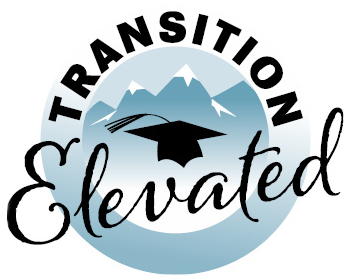Student-Focused Planning
Transition planning is most effective when it centers the student — their goals, their strengths, and their voice. Educators play a key role in ensuring that students are not just present at the table, but actively shaping their future.
Why Student-Focused Planning Matters
What does it mean to be student-focused?
Student-focused planning means that the transition plan is based on the student’s preferences, interests, strengths, and needs — not just what adults think is best. It requires involving the student early and consistently in setting goals and making decisions.
How does this support long-term success?
Students are more engaged and motivated when they have ownership over their goals. When they learn to self-advocate and take part in decision-making, they build confidence, responsibility, and clarity about their future.
Involving Students in the IEP Process
How early should students be involved?
Ideally, students should begin participating in IEP meetings by middle school — even earlier in informal ways. By age 14, they should be actively helping set their transition goals.
What are student-led IEPs?
A student-led IEP is when the student takes an active role in presenting or leading parts of their own IEP meeting. This could include introducing team members, sharing goals, discussing strengths and challenges, or presenting a slideshow or portfolio.
How can educators support student participation?
Educators can prepare students by:
- Reviewing their goals and progress with them before meetings
- Practicing how to talk about strengths, needs, and preferences
- Creating templates or visual supports for sharing information
- Offering multiple ways to contribute — verbal, written, recorded, or visual
Practical Tools and Strategies
What are some tools to make planning more student-driven?
Consider using:
- Student interest inventories and career assessments
- Goal-setting worksheets or vision boards
- Student planning portfolios or “transition binders”
- Short videos or personal statements from the student
How can students build self-determination?
Self-determination includes choice-making, goal-setting, and problem-solving. Build these by:
- Offering real decisions in class and planning
- Using role-play for self-advocacy scenarios
- Having students track progress toward their own goals
Tip: Being student-focused doesn’t mean students have to do everything alone — it means making sure they’re supported, empowered, and heard every step of the way.
